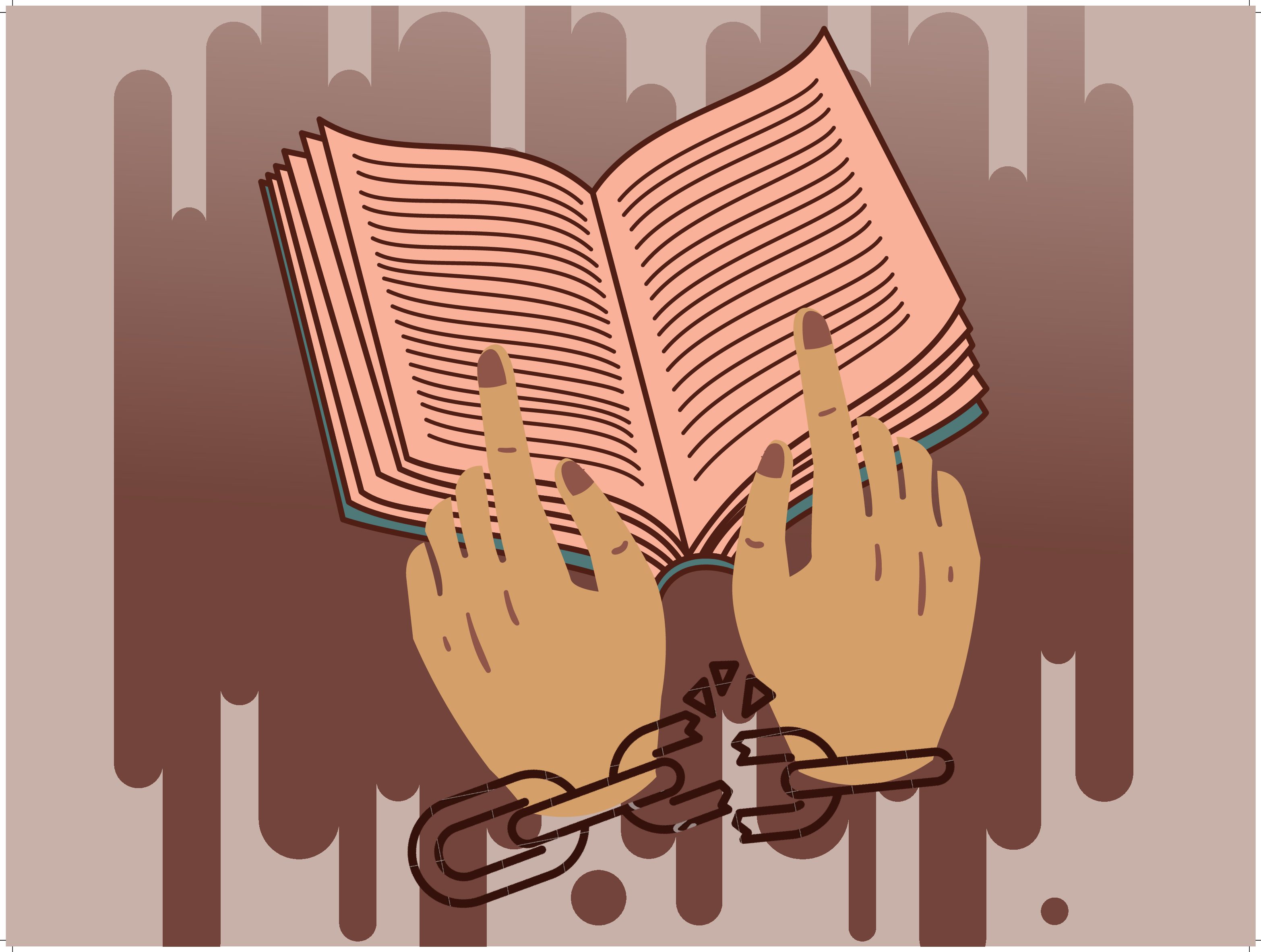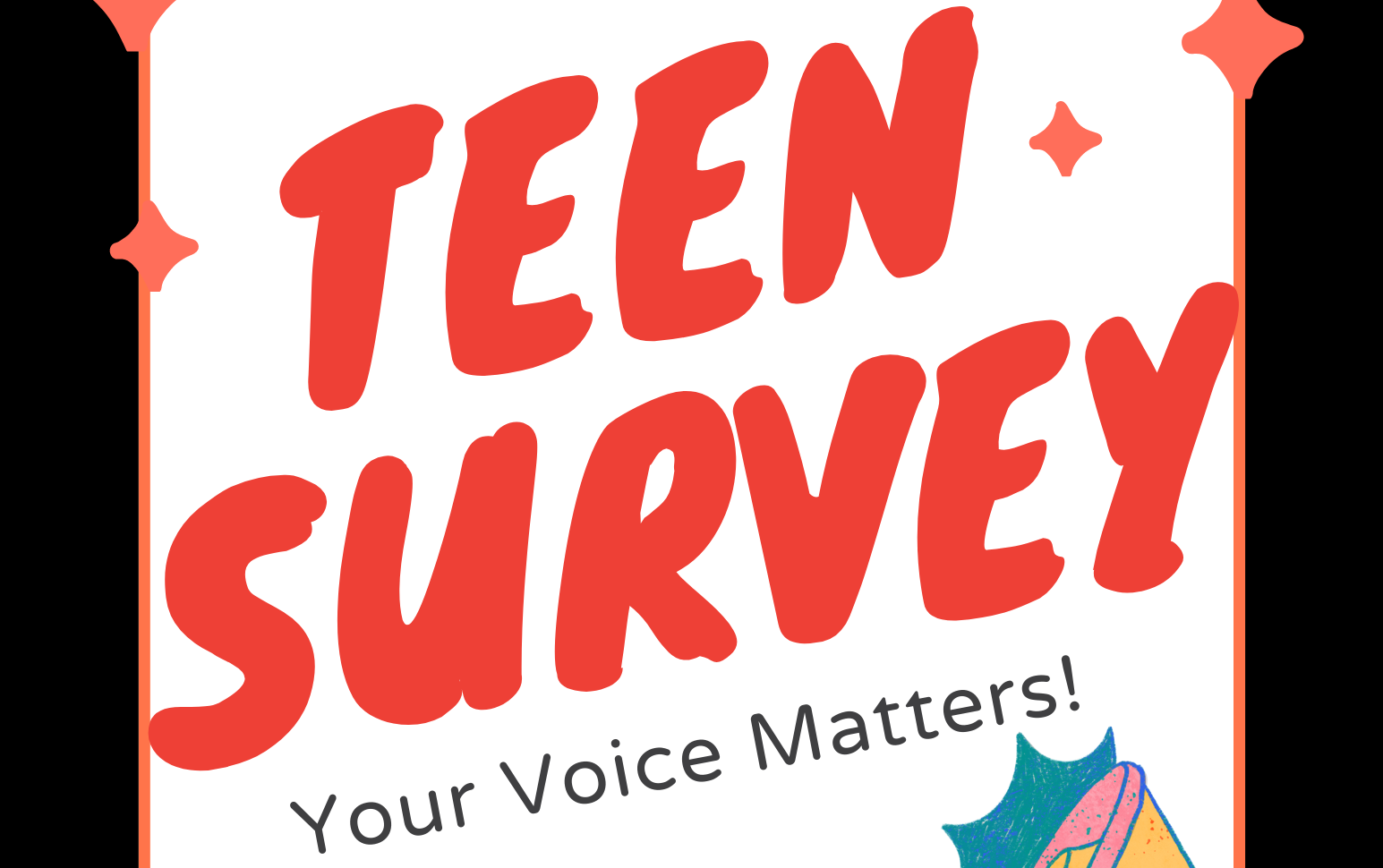As the stone stairs narrowed and the air freshened, I became more in awe of the scenery surrounding me. On the mountain top, I stood speechless — awestruck by the picturesque view that lay in front of me: mountains so mesmerizing they appeared to have been painted by a stellar artist, rivers filled with glistening water, and luscious greenery, all encompassing the city’s alluring, ancient architecture.
Taking Tai Chi lessons on the top of one of Guilin, China’s most sweeping landscape, was truly an exhilarating experience and full-circle moment. I reminisced on the past three years of my language journey, from receiving my Chinese name during my first few classes and late nights spent studying new vocabulary, to later utilizing my language skills to bargain with local merchants.
The moment of reflection highlighted a clear revelation; my opportunity to travel and broaden my horizons was not solely the fruits of hard labor, but rather the materialization of a privilege many individuals do not benefit from — quality educational opportunities.
The Challenges
Challenges such as the current COVID-19 pandemic have further highlighted the widespread inequity within our education system. However, one marginalized group in particular, continues to be overlooked: our nation’s 2.2 million incarcerated individuals.
According to a 2017 article published by the Marshall Project, a survey conducted with more than 2,000 federal prisoners outlined enormous gaps in prisoner reentry education. The survey operated by Families Against Mandatory Minimums highlights that inmates experienced a scarcity of instructors and resources. One respondent even stated that the entirety of his prison geology class consisted of watching episodes of the BBC television show “Planet Earth.”
The article delves deeper into the heart-wrenching reality of prison education while reporting the following findings: highly sought-after training classes — including cooking and welding — were exclusively available to those nearing their release dates; the courses severely lacked rigor, as 93% of classes were taught by fellow inmates; and obtaining a degree proved difficult for many, considering that federal inmates are ineligible to obtain Pell Grants and federal loans.
The Marshall Project piece also reports that merely 3% out of the over 2,000 survey respondents had computer access, a necessity to complete online college courses. Even when provided the opportunity to complete university’s course offerings, The Vera Institute of Justice finds this privilege is scarce, as only 6% of all incarcerated individuals nationwide benefit from this opportunity.
These findings align with those of immigration attorney Pamela Peynando-Stewart, a partner at the Lee & Peynado Immigration Law Group and CEO of the nonprofit organization, the Love Project 404. In an interview with VOX ATL, Stewart alluded to an argument many mention in opposition to the expansion of prison rehabilitation programs — that prisons are “too lenient” and inmates have access to “too many privileges.” She debunks these myths by stating that harsher environments unquestionably cause worse outcomes for the formerly incarcerated.
Stewart says educational opportunities are greatly needed to set inmates up for success given that, “Some ex-offenders after being released have low human capital, limited job experience, and suffer from mental and substance-abuse issues which potentially impede them from the ability to obtain employment.”
The Patterns
Patterns within the juvenile justice system are even bleaker. The Urban Institute finds that more than two-thirds of incarcerated youth never return to school following their release — a potentially devastating trend which the juvenile centers have the capacity to, but have failed to reverse. The Urban Institute also reports that 30% of states do not require juvenile detention centers to enroll in state education accountability systems, resulting in over 39% of these institutions not meeting national education accreditation standards.
Furthermore, data from the United States Department of Education Office of Civil Rights (OCR) finds that students in juvenile detention facilities on average received eight hours less instructional time per week in comparison to students in traditional public schools. Nearly 15% of juvenile court schools reported offering solely 20 hours of instruction, while 8% offered an appalling five hours of instruction.
The U.S. Education Office of Civil Rights (OCR) reports that not only are these centers providing insufficient hours of instruction, but the course offerings are scarce and inadequate to ensure high school graduation. The OCR reports that 23% of students attending school in juvenile detention centers do not have access to algebra classes, and 35% of students do not have access to geometry classes — although both are key requirements for obtaining a high school diploma.
These facilities also miss out on crucial opportunities to steer students in the right direction and offer a second chance at entering the workforce. Urban Institute highlights that less than one-third of incarcerated youth can obtain credit recovery opportunities — a valuable method of quickly earning credits for previously failed courses and staying on track for graduation. These loopholes within the juvenile justice system leave youth ill-prepared to take college standardized entry exams such as the SAT. Ultimately, these loopholes can leave individuals inadequately trained to withstand the rigor of undergraduate coursework.
The Solutions
Many may question the need to give these individuals a second chance. However, the Atlantic’s 2016 interview with David Domenici, director of the nonprofit Center for Educational Excellence in Alternative Settings answers this very question. When asked about society’s view on the character of incarcerated youth, Domenici says, “These are not bad kids. They are poor, they have failed at and been failed by our school systems, they are disproportionately kids of color, many are victims of violence and abuse, and they mostly live in under-resourced neighborhoods, wracked by violence and high unemployment.”
A cost-benefit analysis of implementing educational opportunities within the prison system highlights that this addition will not only benefit inmates but society as a whole. A report published by Northwestern University looked into the benefits of prison education. The piece highlighted results from a study conducted by the Bureau of Justice Statistics, which tracked 404,638 inmates in 30 states following their release. Over 67% of offenders were rearrested within three years, and 76% were rearrested within five years. However, the study observed a 43% reduction in recidivism rates for inmates who accessed prison education programs. The recidivism rate was 14% for the formerly incarcerated with associate degrees, 5.6% for individuals with a bachelor’s degree, and shockingly 0% for those with a master’s degree.
Further findings suggest that not only do educational programs within prisons reduce recidivism rates, they are also a highly cost-effective investment. A study by the Department of Policy Studies at the University of California in Los Angeles discovered that a $1 million investment in prison education can prevent over 600 crimes, nearly double the 350 crimes prevented with the same investment in incarceration. Moreover, Northwestern University also outlines statistics showing, “for every $1 invested in prison education, taxpayers save $4-$5 in re-incarceration costs during the first three years post-release.”
When questioned about the value of prison education, immigration attorney Peynando-Stewart stated that funneling more funding into prison education is a utilitarian solution to comprehensive recidivism rates. Says Stewart: “It is important to provide educational opportunities to those incarcerated because it reduces crime and leads to long-term benefits.” She continued by stating, “The significant benefits of prison education include reducing recidivism, increased personal income, lower unemployment, greater political engagement and volunteerism, and improved health outcomes.”
Expanding the accessibility of educational opportunities within the prison population yields a plethora of generational benefits. The Prison Studies Project recently reported on the long-term impact prison education has on the families of the incarcerated. The report establishes that during the first decade of the twenty-first century, over half of the prison population had minor children while serving their sentences. The Prison Studies Project pinpoints a study conducted by the Bedford Hills College Program which observed that the children of female inmates enrolled in prison college programs expressed having pride in their mother’s academic achievements, and were incredibly inspired to pursue higher education themselves. The organization communicates that when youth are inspired by their parent’s quest for academic success, they too can seek educational opportunities and feasible alternatives to engaging in illegal activities, an event that halts the perpetuation of intergenerational incarceration.
While reminiscing on my eye-opening trip to China and the fruitful benefits of the seeds planted in my education, I ponder what our world would look like if undereducated individuals were given a second chance. As I envision the more than 2.2 million currently incarcerated, I cannot help but wonder who could become the next Steve Jobs if simply introduced to the basics of industrial design, or who could become the next Spike Lee if given a few storyboards and a chance to study film directing.
The Prison Studies Project reveals that nearly 95 out of every 100 incarcerated individuals someday rejoin society. Considering the dire need for educational opportunities within the prison system, we must implement programs to equip these individuals with the tools needed to experience true rehabilitation.
The Center of American Progress proclaims that education is “the great equalizer”, but solely if our nation’s most vulnerable individuals have access to this asset. In addition to scarce prison education, Stewart places coercive plea-bargaining, unconstitutional over-criminalization, and self-defeating policing on the long list of flaws within our nation’s prison system. Her nonprofit organization’s recent initiative with the local correctional and rehabilitative institution, the Next Level Boys Academy, provided underprivileged youth with mentorship opportunities, and most importantly, a second chance.
Stewart concluded by stating, “I absolutely love seeing how the lives of those who I represent and serve improve and relieve some of the burdens they are carrying.” Through becoming more aware of the loopholes within our nation’s prison system, and holding government authorities accountable, we can ensure that prisons serve as transformative institutions and plant seeds of restoration and hope, rather than solely being utilized as punishment and revenue.





Nicely written and so proud of you Myla!